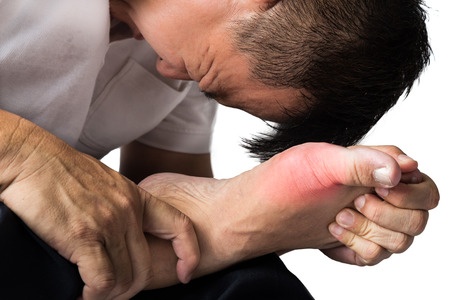
Since there are so many nerve endings in your toes, when you stub your toe— usually the big toe — it can feel incredibly painful, even when the injury isn’t severe. Once the initial shock and pain have subsided, you can take a closer look and see how bad the damage is.
If you heard a loud cracking sound and you have pain and swelling that doesn’t subside after two or three days, or if you can’t put any weight on your toe, then you may have broken your toe.
Other problems that may occur from stubbing your toe include the following:
- Triggering arthritis—Injuring your toes from stubbing or from dropping a heavy object on them can trigger arthritic symptoms.
- Osteomyelitis—This bacterial condition sometimes strikes children who stub their toes, so always see your foot doctor for any toe stubbing in kids.
- Infections—If you have diabetes, you should monitor a stubbed toe very carefully to make sure you don’t develop an ingrown toenail, bacterial infection, or fungal toenail
A broken toe may be treated by taping and/or splinting and a rigid boot may be needed to help prevent further injury.
For help with a stubbed toe or any other problems you may have with your feet or ankles, see your podiatrist. At Podiatry Center of New Jersey, Dr. Russell Samofal treats a variety of conditions such as sports injuries, diabetic foot problems, pediatric foot conditions, toe deformities, arthritis, nail fungus, arch problems and heel pain. Equipped with advanced technologies and a dedicated staff, Podiatry Center of New Jersey provides individualized high-quality care for patients all across Morris, Passaic, Bergen and Essex counties. For all your foot and ankle problems, contact our Wayne office at (973) 925-4111 for an appointment.















